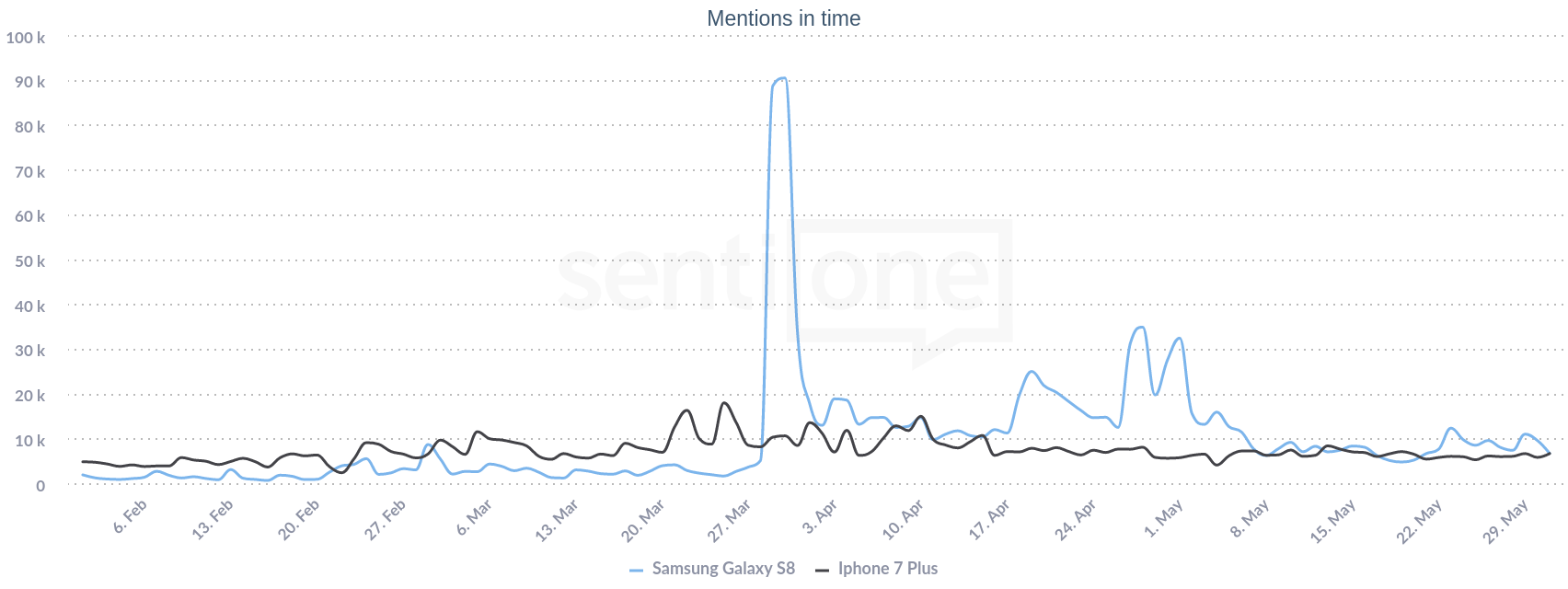You don’t have to be 007 to master the business intelligence!
When I heard the term business intelligence, please forgive me, the first thing that popped into my mind was ‘Oh, brilliant! So it’s a bit like MI6!’. Apparently, it’s more of a down to earth data analysis, charts, tables, and money. And maybe you don’t have to be as smug as 007 but still, you get all the nice gadgets. Let me be your Q for the day. As in show you the basics of becoming the officer of the not-so-secret business intelligence service.
On Her Majesty’s Secret Service
Even though business intelligence has become a buzzword recently, the truth is it’s nothing new. It’s always been the key to the subtle difference between successful companies and failures. Even when we didn’t call it that way and didn’t have designed tools. It’s simply about the marketing analysis and a good strategy. Sure, you can build a company based on a hunch and a series of fortunate events. But why risk it? If you want it to grow the way you’ve planned, you may want to choose your own business architecture, methodologies, technologies, processes. And make sure your decisions are data-driven.
Moonraker
In a nutshell, business intelligence is all about evaluating what you thought might happen compared to what actually happened in the market and identifying new marketing opportunities. Main activities in business performance management are probably:
- selecting the right goals,
- measurement of performance indicators,
- planning future goals based on your observations.
And data discovery is the new black in business. BI technologies go with data warehouses that are basically huge stocks of raw data. And to perform all actions listed above you need to convert raw data into helpful sets of information that you can use in your processes. With the amounts of data we handle today, it may seem impossible. But truly, it’s no rocket science anymore. Don’t get drawn into the ‘scary data overload’ narration. The more data you get, the more precise decisions you can make. Big data analysis has become a new way to decision making. You just use the gadgets.
For Your Eyes Only
When it comes to the analysis, what most data science experts would encourage you to do, is to use a technology that provides historical, current and predictive insights. Yes, you’ve probably heard the term ‘actionable insights’ so many times that you think you almost know what it is, right? Well, the fact is that there’s a piece of truth in every catchy marketing phrase. ‘Insights’ are no fluff as well if you think about it. However, it’s not like you come up with the brilliant plan whenever you take a quick peek at data. You need to properly look into it. But in data analysis, it’s not about staring blindly at tables of numbers or even the most beautifully designed pie-charts. You need to draw conclusions. And it’s up to you how you will interpret the data. And how you will put them to use. Some may say it’s about the firm hand and steady decisions, some may say here’s where those hunches and fortunate events come in place. But let’s say you have a nose like a bloodhound when it comes to business. Even in that case, you’d use a cognitive analysis tool to simply fasten the process. Or simply help you out with the dirty work automation.
The Man with the Golden Gun
Data mining and predictive analysis seem to be a couple of the most promising technologies supporting business nowadays. They help with implementing BI methodologies such as for example benchmarking (we’ll get to it later) or complex event processing. Regardless of your company size, perspective view of end-to-end business processes wouldn’t hurt. Needless to say, risk management systems may occur like insurance investment. Out of many dedicated business intelligence tools, the most popular over the internet are:
- SAP Lumira
- Dundas BI
- DOMO
- Tableau Server
- Looker
Within text mining, what can I say? I would surely recommend SentiOne as a tool that provides probably the most accurate sentiment analysis based on not only native experts’ input but also natural language processing.
Live and let die
As I mentioned above, competitive intelligence is considered one of the most significant subsets of BI. Despite the competitor neglecting trend promoted in media, benchmarking is one of the most important things to do when you write or rewrite your business strategy. Obviously, obsessing over what your business rivals have done or haven’t can lead to a dead end. Still, there are many ways competitor analysis can improve your business. You can learn a lot about your audience, market trends, niches or glow in your competitor’s spotlight a little.

Take for instance the unusual online traffic spike with iPhone mentions around the Samsung Galaxy S8 release date. If it weren’t for Samsung, iPhone probably wouldn’t be discussed as much at that time. People probably compare these two products in their online conversations. It’s also an opportunity for iPhone people to take part in these discussions. A good competitor intelligence agent wouldn’t let such a chance slip by. To find out exactly who is saying and what, he’d surely need a proper tool. At SentiOne you get a customizable dashboard with mention analysis as viewed above. You can click on a chosen peak of the chart and find out the most popular mentions to sneak into the conversation about the product.
You Only Live Twice
To sum up, business intelligence is about the optimisation of your company processes. Take as much data as you can gather and analyse it in different time frames, markets, target groups. See the insights displayed beautifully in a form of charts and graphs and draw conclusions that would save your brand seconds before the explosion. And seriously, you don’t need a silver Aston Martin with a rear-facing flamethrower and ejection seat with a parachute. Your tux doesn’t have to be perfectly ironed right after you take your diving suit off of it. You don’t need a whole secret agency and a licence to kill. Although, with the proper evaluation of your business decisions, your company will become a one to die for.



